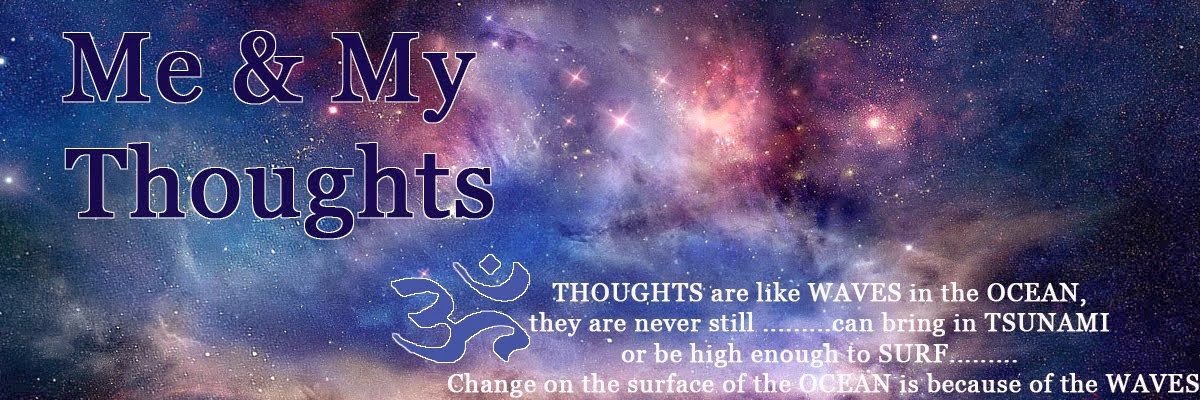In the Dasara holidays when we normally close our
factory for a few days I used to go visiting the Hoysala Temples. There are
several temples most of it in Hassan district and some in Mandya and Tumukur. A
few of those temples are thousand years old and their architecture is amazing. The
uniqueness of the Hoysala rulers was that they would construct a lake and on
the lake bund stood the massive temple on a star shaped base with exquisite
carvings on the Balapada Kallu (Chloritic Schist).
When one mentions about Hoysala Temple only the Chennakeshava Temple at Belur, Hoysaleshwara Temple at Halebeedu and Keshava Temple at Somnathapura are the temples which many remember. But there are several other temples which are equally beautiful like the one at Mosale Hosahalli, Belvadi, Javagal, Nuggehalli, Doddagadavalli, Adaguru, Araluguppe, Koravangala, Basaralu, Anekere, Arasikere, Marle, Govindanahalli, Hosaholalu, Talakadu and many many more. I am fortunate to have visited some of those temples.
When one mentions about Hoysala Temple only the Chennakeshava Temple at Belur, Hoysaleshwara Temple at Halebeedu and Keshava Temple at Somnathapura are the temples which many remember. But there are several other temples which are equally beautiful like the one at Mosale Hosahalli, Belvadi, Javagal, Nuggehalli, Doddagadavalli, Adaguru, Araluguppe, Koravangala, Basaralu, Anekere, Arasikere, Marle, Govindanahalli, Hosaholalu, Talakadu and many many more. I am fortunate to have visited some of those temples.
On one occasion when I was on my way to a hoysala
temple I happened to see a water buffalo relaxing in a pond which had Lotus
plants. The immediate thought which appeared to my mind while looking at those
Lotus leaves was the words of Sri Krishna. “Padmapatra mivambhasa” be like the
lotus leaf.
What is so special about the Lotus leaf???
Even though it is in murky water the Lotus leaf does
not let the muddy water wet it. It has the experience of water without the
water sticking to it. That is the sign of Sthitaprajna (Steadfast Seer), so the
Lotus leaf is unmindful of the muddy water.
Then my eyes fell on the water buffalo even it was
unmindful of the muddy water was it Sthitaprajnattva too. The buffalo was Nissukshma
(Insensitive) while the Lotus leaf was Niriha (Indifferent). {Now please all
the animal lovers do not climb on my shoulders for calling buffalo insensitive.
I know it is the animal which I need to ride pillion on my last journey!}
The remarks were only to bring the clarity on the
difference between being insensitive and indifferent. When King Janaka of
Mithila was listening to the Words of Wisdom coming from Sage Ashtavakra, his guards
came running to tell him that the palace was on fire. King Janaka could remain
calm and poised as he was indifferent to his belongings. He could have become anxious
and rattled if he had identified himself to the material world. This is being indifferent.
At the accident site when the injured is bleeding
and crying for help, if one thinks about non-attachment it is not Niriha it is
Nissukshma, which is insensitive.
Essentially both Niriha and Nissukshma end up
giving the same result but there is a difference in using that emotion.
The Lotus
leaf and Buffalo could be in the same pond with muddy water, one is unattached
while the other is not bothered at all.












